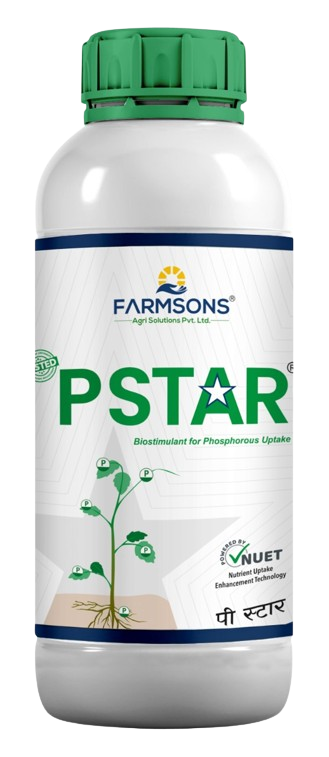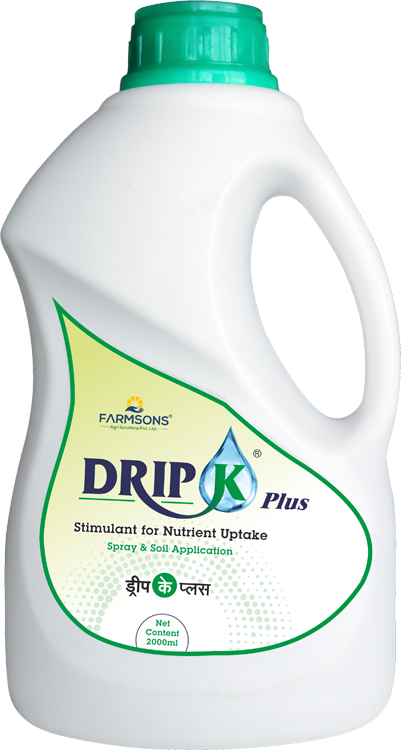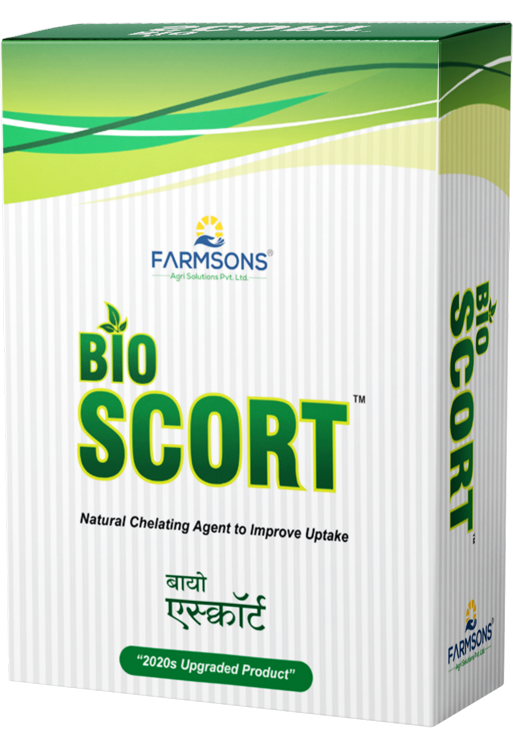Nutrient Uptake Technology
- Home
- Nutrient Uptake Technology
Introduction: Plant growth and development largely depend on the combination and concentration of mineral nutrients available in the soil. Although plants are non-motile and often face nutrient shortages in their environment, they utilize a plethora of sophisticated mechanisms in an attempt to acquire sufficient amounts of the macro- and micronutrients required for proper growth, development and reproduction. These mechanisms include changes in the developmental program and root structure to better “mine” the soil for limiting nutrients, induction of high affinity transport systems and the establishment of symbioses and associations that facilitate nutrient uptake. Together, these mechanisms allow plants to maximize their nutrient acquisition abilities while protecting against the accumulation of excess nutrients, which can be toxic to the plant. It is clear that the ability of plants to utilize such mechanisms exerts significant influence over crop yields as well as plant community structure, soil ecology, ecosystem health, and biodiversity.
There are 13 nutrients that are vital for plants to grow and thrive. These can be divided into macro-nutrients, elements of which plants require large quantities, and micro-nutrients (elements that are required by the plant in smaller amounts). A micronutrient, though required in small doses, is not less vital for plant growth. The availability and mobility of these 13 plant nutrients in the soil and in the plant itself is highly variable, and this has implications for responsibly managing plant nutrition, fertilization and irrigation.
The mobility of plant nutrients in soil influences their uptake and their susceptibility to leaching, volatilization and runoff. For example: while nitrogen in the form of NO3- is highly mobile in soil, phosphorus (in the forms HPO42- and H2PO4-) is not.
Mobility of nutrients in the plants themselves influences how to read signs of nutrient deficiency in leaves. A deficiency of immobile nutrients can be seen in yellowing new leaves, whereas a deficiency in mobile nutrients can be seen in yellowing old leaves.
It is important to understand psychology and how nutrients behave in the soil, and in the plants. The correct understanding will lead to the right nutrient managements decisions that can get you optimized yields and help you to reduce fertilizer costs and waste.
Plant acquisition of nutrients can be takes place through two methods
- Direct uptake from the soil e.g. Potash (K), Iron (Fe)
- Symbioses with Soil-based Microorganisms e.g. Nitrogen Fixation (N2), Mycorrhizal interactions with plants (Phosphorous-P)
Mechanism:
Plants take up essential elements from the soil through their roots and from the air through their leaves. Nutrient uptake in the soil is achieved by cation exchange, wherein root hairs pump hyrdrogen ions (H+) into the soil through proton pumps. These hydrogen ions displace cations attached to negatively charges soil particles so that the cations are available for uptake by the root.
Nutrient Uptake Technology helps plant to absorb required nutrients available in the soil. During stimulation of plants elasticity of roots get increased , which further helps to boost cation exchange mechanism for uptake of nutrients.
Benefits:
- Optimum utilization of nutrients available in soil
- Increases in nutrient use efficiency
- Initiate symbiotic relationship between plant and soil nutrients
- Maximizes crop quality & performance savings on excess nutrient use
Featured Products
-
Stimulant for Phosporous (P) Uptake
-
Stimulant for Potash(K) & other Nutrient Uptake
-
Natural Chelating Agent to Improve Uptake





